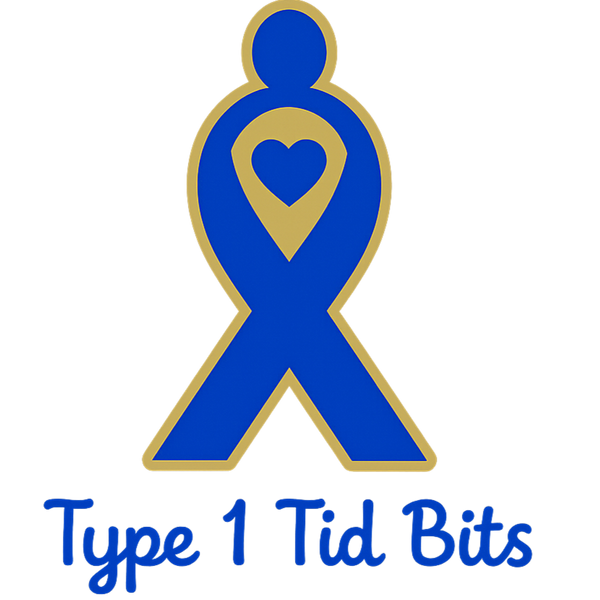Work doesn’t always fit into a neat 9-to-5. For many people, shift work—whether nights, rotating shifts, or irregular hours—is a reality. But for those living with type 1 diabetes (T1D), this can make blood sugar management far more complicated.
Sleep disruption, irregular meal times, and unpredictable routines can all impact insulin sensitivity and carb counting. The good news? With preparation and the right tools, you can navigate shift work successfully without sacrificing your health or career.
Why Shift Work Affects Blood Sugar
-
Disrupted Body Clock
-
The body’s natural circadian rhythm regulates hormones like insulin and cortisol.
-
Working nights or rotating shifts can disrupt this balance, making blood sugars harder to predict.
-
-
Sleep Deprivation
-
Poor or inconsistent sleep reduces insulin sensitivity.
-
Tiredness also increases cravings for carb-heavy foods, which can trigger spikes.
-
-
Irregular Eating Patterns
-
Skipping meals or eating at odd hours affects carb counting accuracy.
-
Night shifts often mean relying on vending machines or fast food, which may be harder to estimate.
-
Carb Counting Strategies for Shift Work
1. Stick to Familiar Foods
-
When possible, pack meals and snacks you know the carb counts for.
-
Having “go-to” options avoids guesswork in the middle of the night.
2. Spread Out Carbs
-
Instead of one large meal during a night shift, try smaller snacks spaced out.
-
This reduces big spikes and makes dosing insulin easier.
3. Use Technology
-
CGMs (Continuous Glucose Monitors) can help spot trends during long shifts.
-
Many apps let you log meals and sleep, so you can track how your body responds.
Insulin Adjustments on Shifts
-
Basal insulin: If you’re on injections, timing may need adjusting when your sleep cycle changes.
-
Pump therapy: Pumps allow more flexibility—temporary basal rates can help manage long nights.
-
Bolus doses: Be extra cautious with late-night meals, as digestion may be slower when the body is tired.
(Always consult your diabetes team before making major adjustments.)
Sleep and Recovery
-
Prioritise sleep hygiene: Use blackout curtains, earplugs, or white noise to improve rest during the day.
-
Keep a consistent routine: Even on days off, try to maintain some regularity in meals and sleep.
-
Nap strategically: Short naps before or after shifts can help stabilise blood sugars.
Practical Tips for Shift Workers with T1D
-
Carry glucose tablets or snacks at all times—hypos can strike unexpectedly.
-
Stay hydrated—dehydration worsens insulin resistance.
-
Inform trusted coworkers about your T1D so they can support you in an emergency.
-
Schedule regular reviews with your diabetes team to adapt to your unique work pattern.
Working shifts with type 1 diabetes is challenging, but it’s absolutely possible to thrive. By planning meals, monitoring closely, adjusting insulin, and prioritising sleep, you can balance your health with your career.
Diabetes management is never one-size-fits-all—and that’s especially true for shift work. With flexibility, preparation, and support, you can stay in control no matter what hours you work.

